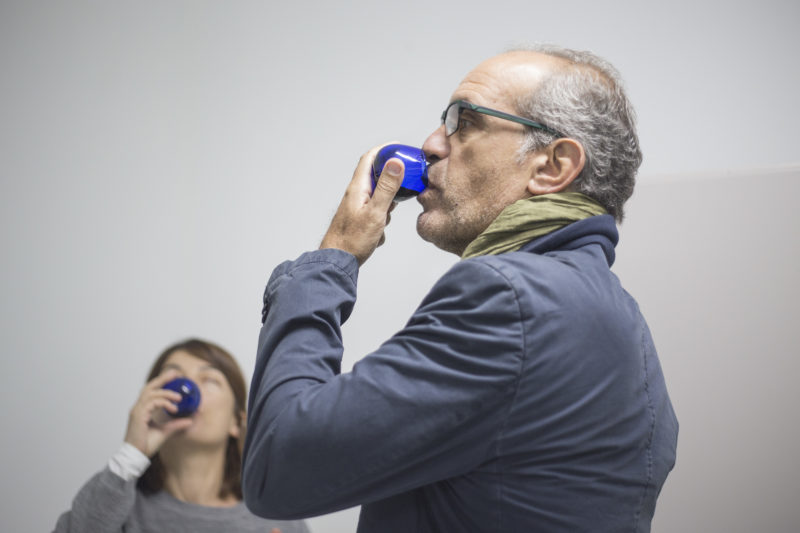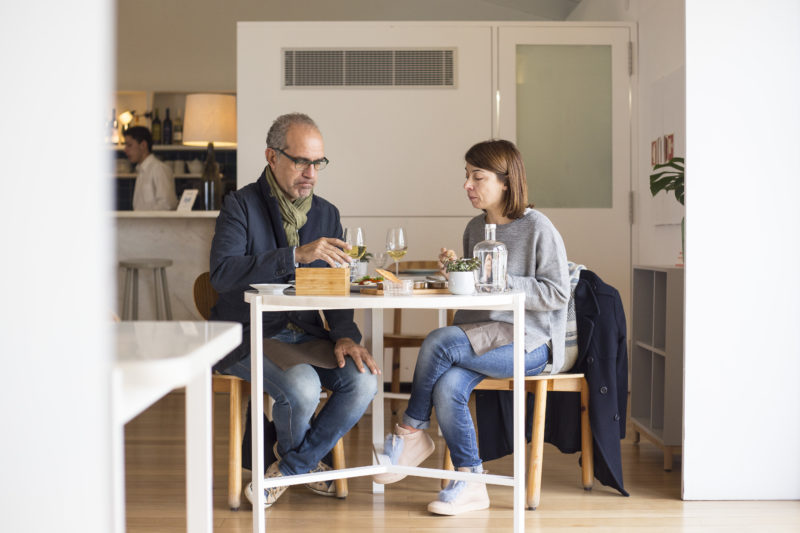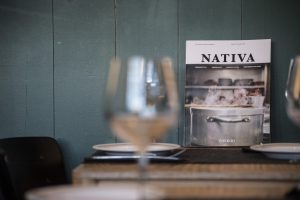At the end of 2006, when I was a new gastronomy graduate, I was invited to create food pairings of Brazilian dishes for the different olive oils that entered Rio de Janeiro’s retail market. The panorama was very different; the olive oil menu had more than 30 labels from various origins: Portugal, Spain, Italy, Greece, France, Chile and Argentina. I was surprised and fascinated with the sensory diversity! It was a world of new discovery! Olive oils of different quality and price levels were reaching a market whose consumption habit was restricted to being used in sauces, salad dressings or to prepare cod dishes. A major cultural change was needed when, faced with a functional food of new and exceptional quality, the price remained the principal decision-making factor when choosing a label.
This was a huge challenge and the work, which I initially carried out intuitively, took me on a search for knowledge that led to my discovery of the beginning of Brazilian olive oil production in its short agricultural history. On 29 February 2008, in the city of Maria da Fé, in the Mantiqueira mountains south of Minas Gerais, a few litres were extracted from what was considered the first extra virgin olive oil produced in the country. In 2017, from the pampas plains to the fringes of that famous mountain range, between São Paulo and Minas Gerais, Brazil produced 110 tons of olive oil (0.15% of national consumption). Although these numbers are still relatively insignificant, they show the great evolution that is breaking paradigms and will be a major contribution to the increase in the quality of extra virgin sold in the country.

We all know that the introduction of olive oil into Brazilian gastronomy is due above all to the Portuguese influence. The diversity of the cultural melting-pot from which we originate is today our principal identity, whose lack of rigidity enables us to discover unique culinary paths, combining native ingredients with those brought by all of the characters who have been coming here for more than 5 centuries.
The creation of the new extra virgin, its freshness and the rich sensorial range offered by the world’s various olive oils, represents the ongoing natural process of building the global village, initiated by the Portuguese circumnavigations.
This is not, therefore, a trend or the ‘gourmetization’ of a simple and well-known condiment. This is a cultural transformation that compels us to inform and disseminate that good olive oil is fresh olive oil, produced with care from healthy olives, and the elements that characterize its sensory quality are the aromas and flavors that convey the land, the nature of the soil and the rich human labour that eternally strives for perfection. Because, on top of all this, these characteristics are directly related to the concentrations of bioactive compounds that bring us countless health benefits. This food has unique values!

Altogether, this helps us understand that creating good olive oils is not just about producing a functional food with incomparable cultural importance in the world. It is above all about creating blends or extracting varietals that impart excellence, express the terrain and give unique pleasure, combining gastronomic hedonism with all of the healthiness olive oil brings! Here’s to health, peace and unity among peoples!

